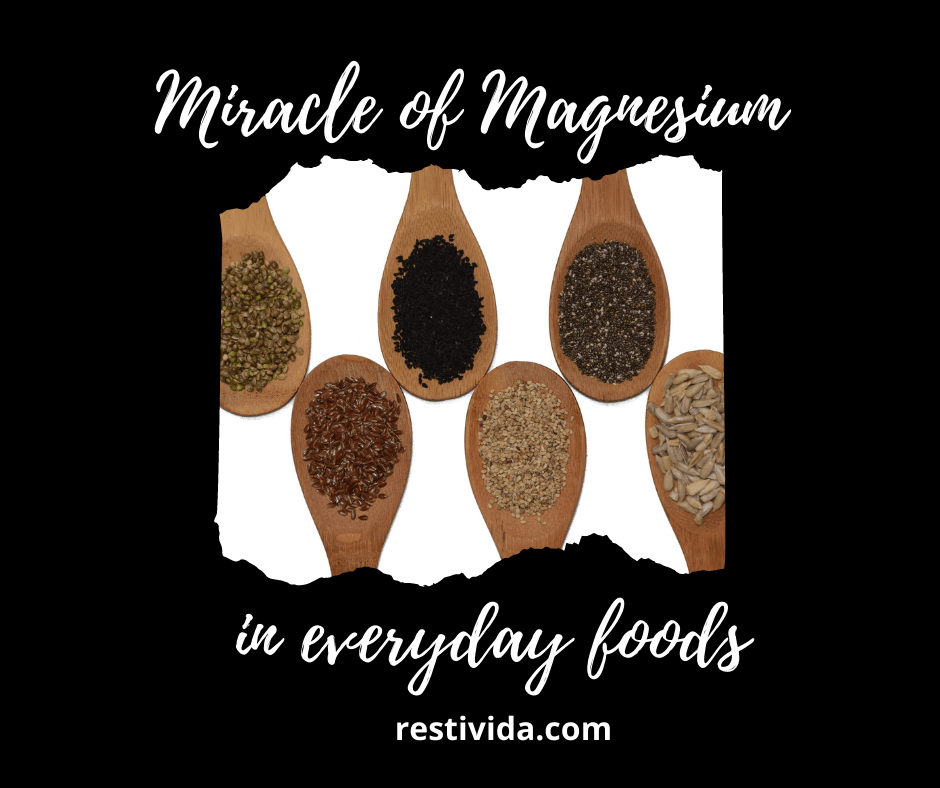Foods Rich in Magnesium
| Food | Serving Size | Amount of Magnesium per serving | |
| Dairy | Cheese: Cheddar, Colby, Swiss | 2 oz | 25 to 50 mg |
| Milk: Skim, 1%, 2% Chocolate, goat, eggnog, all yogurt (all types) | 1 cup | ||
| Fruits | Avocado | 1 whole | 25 to 50 mg |
| Bananas | 1 medium | ||
| Orange/Grapefruit | 1 cup juice or sections | ||
| Papayas | 1 small | ||
| Peaches (fresh or dried) | 5 whole | ||
| Pineapples | 2 slices | ||
| Plantian | 1/2 cup | ||
| Raisins and Prunes | 1/2 cup | ||
| Watermelon | 1×10″ slice | ||
| Vegetables and Legumes | Amaranth (Calaloo) | 1 cup | 35 to 75 mg |
| Beans (all) | 1 cup | ||
| Baked potato with skin | 1 medium | ||
| Spinach | 1 cup raw, 1/2 cooked | ||
| Gourds/Squash | 1/2 cup | ||
| Tomato sauce | 1 cup | ||
| Grains | Amaranth (grain) | 1/4 cup | 30-100mg |
| Wheat Bagel | 1 whole | ||
| Wheat Biscuit | 1 whole | ||
| Wheat Bread | 1 slice | ||
| Oats | 1 cup | ||
| Cooked Barely | 1 cup | ||
| Granola | 1 cup | ||
| Wheat English muffin | 1 whole | ||
| Wheat Dinner roll | 1 each | ||
| Ginger bread | 1 piece | ||
| Matzo | 1 each | ||
| Millet | 1/2 cup | ||
| Muffin | 1 each | ||
| Whole grain Pancake | 1 4-inch | ||
| Pasta | 1 cup | ||
| Commercial Cereals | Brown rice | 1 cup | 30-100mg |
| Rye wafer | 2 wafers | ||
| Wheat Scone | 1 each | ||
| Waffles | 1 each | ||
| Fiber One® | 1 cup | ||
| Mueslix® | 1 cup | ||
| Nutri Grain® | 1 cup | ||
| Breads | English muffin | 1 whole | 30-100mg |
| Wheat Dinner roll | 1 each | ||
| Ginger bread | 1 piece | ||
| Matzo | 1 each | ||
| Millet | 1/2 cup | ||
| Muffin | 1 each | ||
| Pancake | 1 4-inch | ||
| Pasta | 1 cup | ||
| Brown rice | 1 cup | ||
| Rye wafer | 2 wafers | ||
| Wheat Scone | 1 each | ||
| Waffles | 1 each | ||
| Seafood (not fried) | Fish (All) | 25-75 mg | |
| Crab legs/meat | King crab leg, 4 oz meat | ||
| Crayfish | 4 oz | ||
| Lobster meat | 4 oz | ||
| Oysters | 6 medium | ||
| Shrimp | 10 large | ||
| Snail | 2 medium | ||
| Squid | 4 oz | ||
| Meats | Beef, Lamb, Pork, Poultry | 4 oz | 20-40 mg |
| Nuts and seeds | Cocoa Powder | 2 tablespoons | 50-100 mg |
| Nuts (all) | 1/4 cup | ||
| Peanut butter | 2 tablespoons | ||
| Pumpkin seeds (pepitas) | 1/4 cup | ||
| Sunflower seeds | 1/4 cup |
What is Magnesium
Magnesium is the fourth most abundant mineral in the human body, calcium, sodium, and potassium being the first three. It’s the second most important positive ion in the cells after potassium.
There’s about 25 grams of magnesium in the body ready and waiting to be distributed to where it needs to go. There’s about 53% in bone, 27% in muscle,
19% in soft tissues, and less than 1% in the blood.
Most recently it has been found that magnesium there is a widespread deficiency in Magnesium despite “healthy eating” and “clean eating” becoming mainstream.
Magnesium is lost from the diet when:
1. Processed foods and some nonorganic foods are primarily consumed
2. There’s not enough variety in the diet. Staple foods such as meats and processed carbohydrates (white breads, rice and flour) don’t contain enough magnesium.
3. Over cooking and boiling vegetables and some meats will cause the magnesium to be leached out.
How Magnesium functions in the body
Magnesium functions in over 300 enzymatic reactions in the body and especially important ones such as DNA synthesis and energy production. According to a 2017 review article on Magnesium it is critical in these capacities:
Magnesium is involved in over 300 enzyme systems necessary for:
1. Protein synthesis
2. Muscle contraction
3. Nerve function
4. Blood glucose control
5. Hormone receptor binding
6. Blood pressure regulation
7. Heart function
8. Managing ions entering and leaving cells
9. Managing calcium channels on cell membranes
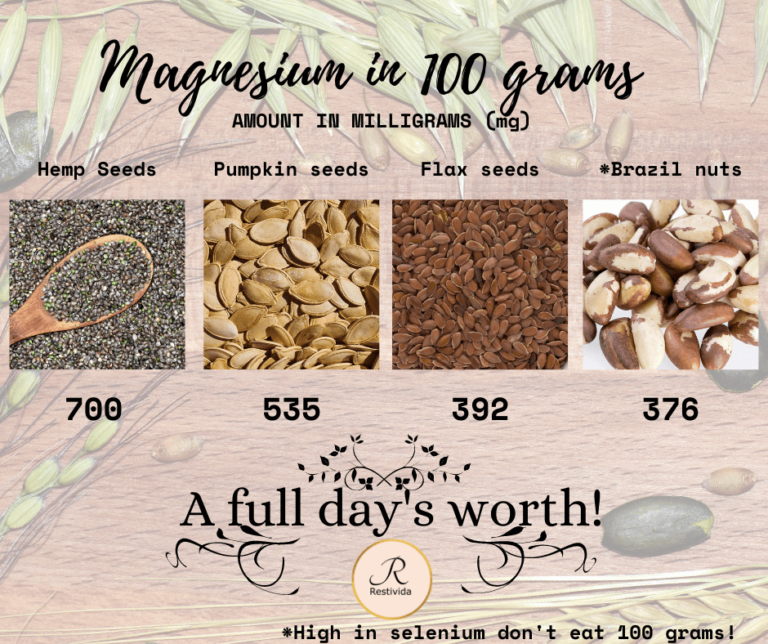
What happens if we don't have enough
This is why it’s difficult to tell that there’s a deficiency until it’s too late with just a blood test alone.
While more naturopaths are becoming more common, healthcare providers are not up to date one the significance of these minerals to body function.
When there’s a deficiency a host of physical and mental health problems persists. These are attended to with “modern” medicine and the underlying causes never gets attention and it becomes a revolving door of unexplainable symptoms and doctor visits.
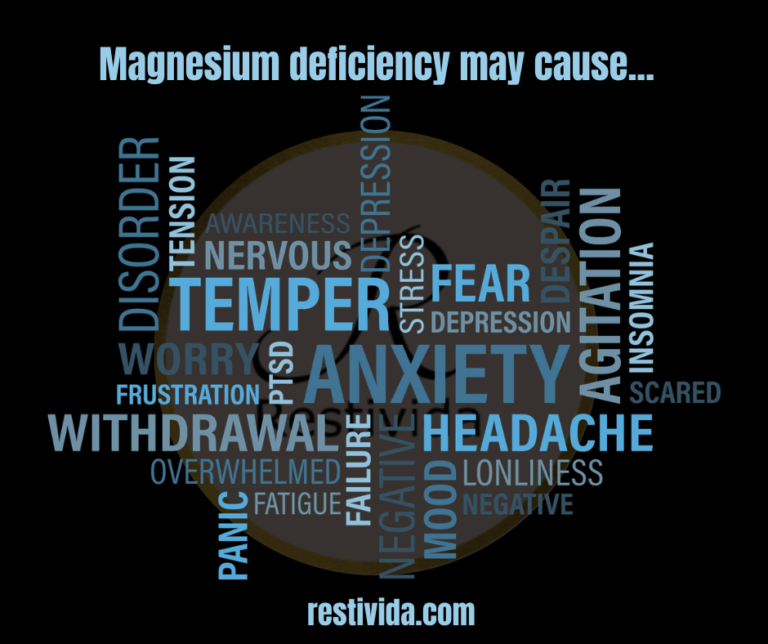
Causes of Magnesium deficiency
1. Vitamin D deficiency reduces the body’s ability to absorb Magnesium
2. Medication reduces the absorption efficiency. (H2 blockers, Proton pump inhibitors, antacids, antibiotics, antihistamines, antivirals, antiepileptic medication, blood pressure medicine, diuretics, cardiac glycoside, CNS stimulants, cholesterol medicine, corticosteroids, Inhaled corticosteroids, Estrogen replacements, immunosuppressants, nonsteroidal aromatase inhibitors for breast cancer, osteoporosis medicine, SERMs, sulfonamides, sulfonamides, calcium, vitamin D and caffeine
3. Pesticides that reduce Magnesium availability for plants.
4. Excessive use of alcohol
5. Smoking cigarettes
6. Mismanagement of soil fertilisation
7. Monocropping: Planting the same plants in the same field eventually depletes nutrients
8. Aging reduces Magnesium by 30%
9. Diabetes Types 1 and 2
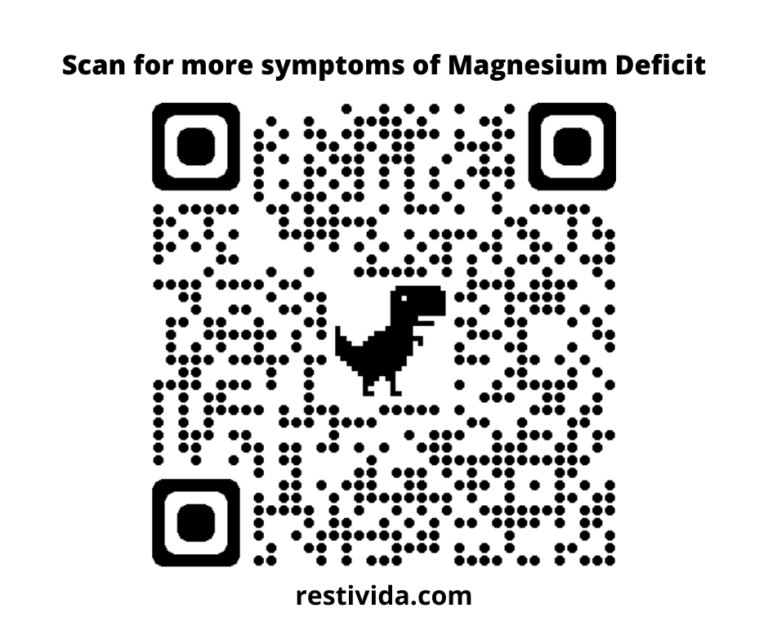
When to see your Doctor
Visit your Doctor when if you are experiencing:
1. No symptoms. Get a yearly check up and ask about your Magnesium levels.
2. Muscle weakness; trembling; twitching;
difficulty swallowing or feeling a lump in the throat; facial and eye twitching
3. Arrhythmias or abnormal ECG
4. Depression, agitation, psychosis,
vision and balance problems, and seizures
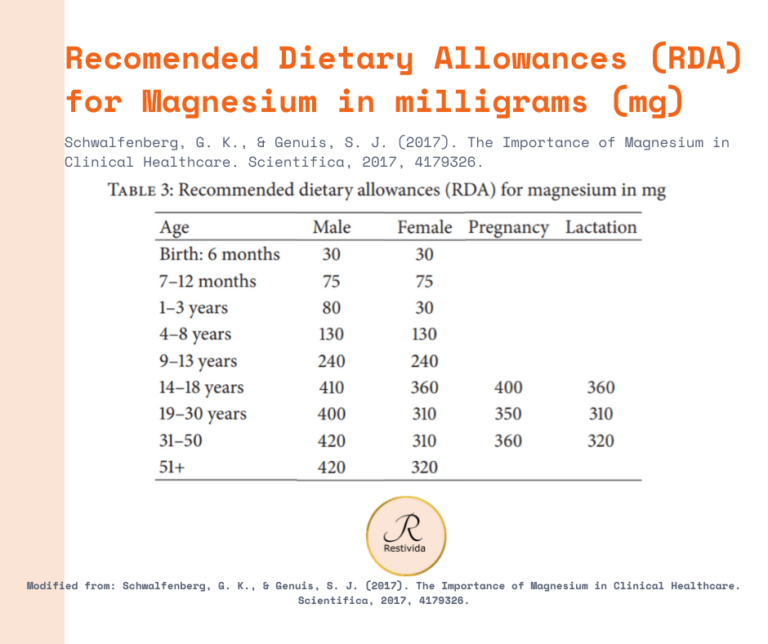
Conclusion
It’s important to understand the foods we eat in terms of the nutrients that they provide. Surely, a single food does not only supply a single nutrient. It’s also equally important to know when to see your Doctor and the important questions to ask when it comes to your specific treatment. If you’re not satisfied the freedom is always yours to find a healthcare provider that listens and responds to your needs. Finally, it’s your choice to take in Magnesium as a supplement or in foods. What ever form you choose your ultimate goal is to Live well!
